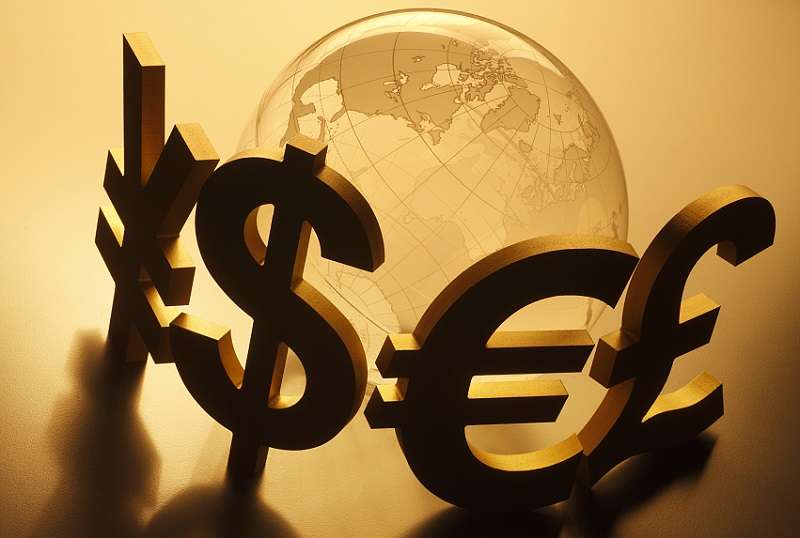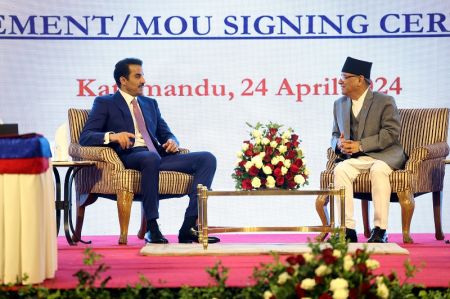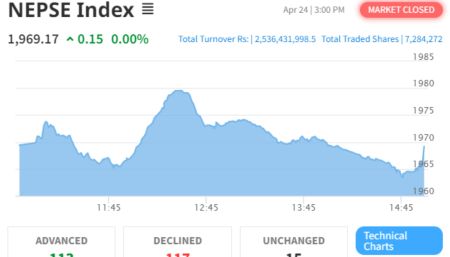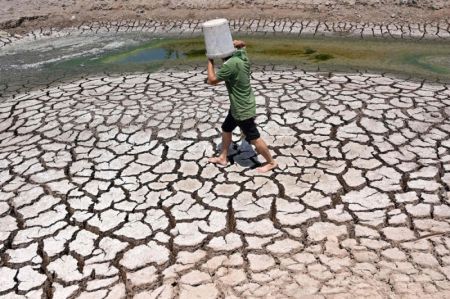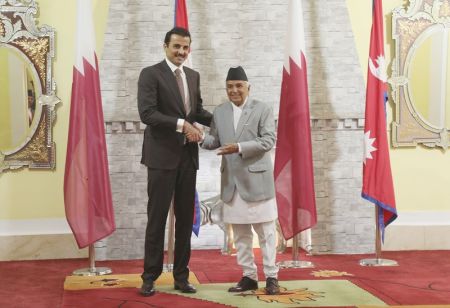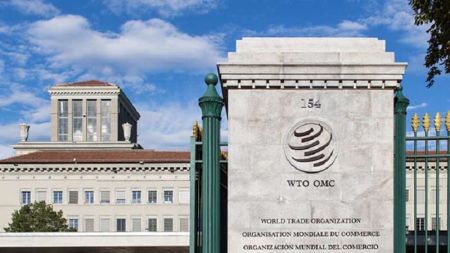January 26: In recent years, the portion of loans in foreign aid received by the government has been higher than that of grants. While some people opine that the share of loans is increasing because the government does not consult for the grants, the government report has revealed that the share of grants is decreasing due to the increasing capacity of loan repayment.
The mid-term review of the 15th Plan prepared by the National Planning Commission states that decreasing the share of grants in international development aid commitments means that Nepal's debt utilization capacity is increasing.
In the current fiscal year, the government has set a target of receiving nearly Rs 300 billion through grants and loans from donors. Out of the total foreign assistance, government has sought Rs 55.46 billion as grants while the remaining amount will be debt. However, studies conducted in the past by government have shown that even though the government sets a target for debt collection in the budget each year, it has not been able to receive that target amount in any year.
The mid-term review of the 15th Plan of the NPC has concluded that the government has given less emphasis to seek grants because debt repayment capacity is increasing due to the government's lack of emphasis on subsidies. The mid-term review also mentions that the share of external sources in the government expenditure has increased from 13.3 per cent to 17.5 per cent in the last three years.
Professor Doctor Shiv Adhikari, the former head of Tribhuvan University's economics department, shared that aid is decreasing because the agencies and countries that lend to Nepal are in a financial crisis. He said that the practice of giving loans more than grants is the new trend in the world. Globally, there has been an increase in the trend of emphasizing loans over grants.
“In the 1980s-90s, the donors needed dollars and they gave grants in dollars with the expectation that those dollars would ultimately return back to them. Nepal used those dollars to import goods, and the dollars they gave returned back in their hands. That is the reason they gave grants," said Adhikari. "Recently, Nepal started receiving dollars from remittances and they started downsizing the grants."
The ratio of external resource used in the gross domestic product has increased from 3.8 per cent in the year 2018/19 to 4.9 per cent in the year 2020/21, the NPC has mentioned in the mid-term review report of the 15th Plan. According to the commission, the development aid mobilization was 2.92 per cent in the year 2016/17. It increased to 3.87 per cent in the year 2017/18. Again in the year 2075/76, such aid mobilization seems to have dropped to 3.21.
In 2019/20, foreign aid mobilization was 4.68 per cent, but it decreased in 2020/21. The report does not mention the situation of foreign aid mobilization in the year 2021/22. Officials of the Financial Comptroller General Office said that the funds could not be mobilized that year.
Experts share that foreign debt is only up to 22 per cent of Nepal's gross domestic product, and there is no risk because Nepal has taken such debt at subsidized rates. It is said that foreign loans are not risky because the interest rate that Nepal has to pay is cheap, and the loan repayment period is lengthy.
According to the latest information from the Public Debt Management Office under the Ministry of Finance, Nepal has taken loans from 23 foreign donors and agencies. All the loans taken by Nepal are subsidized so the interest rate is low. Nepal's biggest lenders are the World Bank and the Asian Development Bank.
Hira Neupane, information officer of the office, said that the loans given by these two banks account for 80 per cent of Nepal's foreign loans.
According to the Public Debt Management Office, the International Monetary Fund and Belgium have given loans to Nepal without any interest. The interest rate of a loan taken from the Exim Bank of China is less than 2 per cent. Nepal has taken loans from France at the most expensive interest rate. The interest rate of the loans taken from France is up to 3 per cent.
The World Bank has given loans at an interest rate of 0.75 per cent. The second largest lender, the Asian Development Bank, has an interest rate of 1 to 1.5 per cent. Even Japan, the country that has given the most loans to Nepal, only charges interest rates of 0.1 to 1 per cent.


